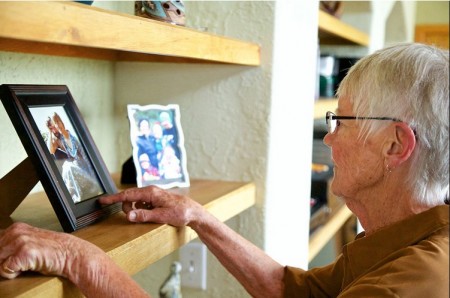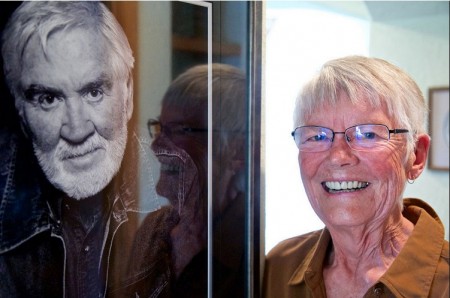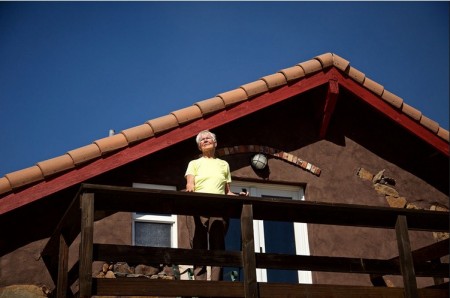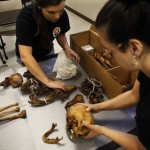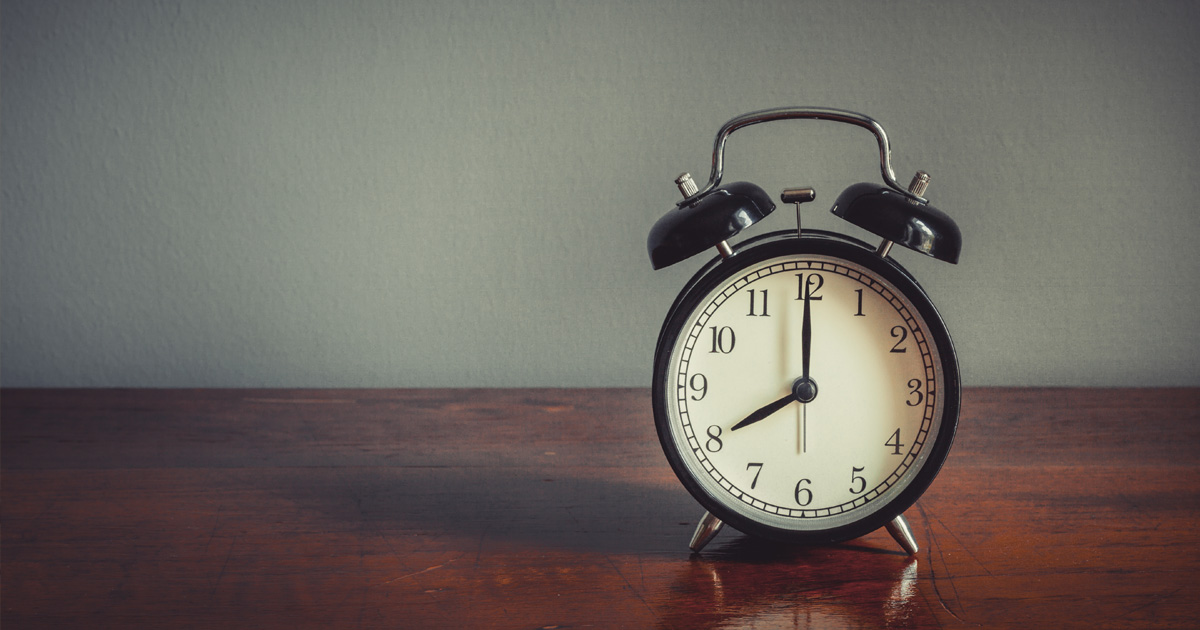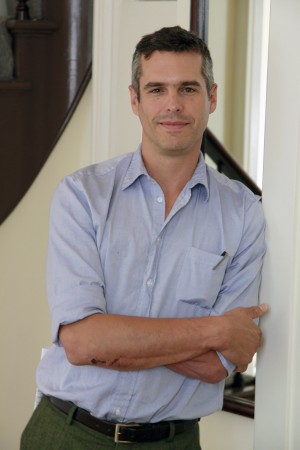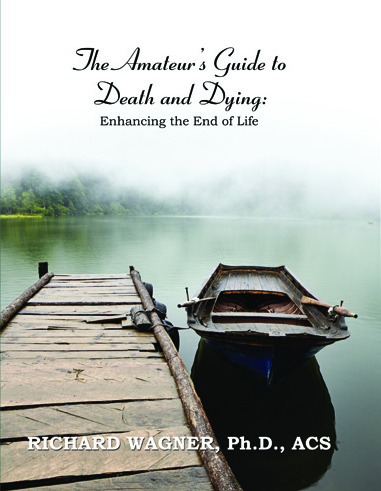HAIDER JAVED WARRAICH
Late on a Sunday night in the hospital, my Haitian patient’s wife came in to help translate. I don’t know what I would have done without her. I needed to tell my patient that the tumor growing in his chest was pressing on his aorta. If he needed CPR overnight, the chest compressions might prove fatal.
As I explained all this, I looked back and forth from the wife to the patient like a spectator watching a tennis match. Her face contorted in horror at the news, but he remained stoic, with his arms crossed, and kept repeating one word: lakay. Finally I asked the wife, “What islakay?” She looked at me and said: “Home. He wants to go home.”
One of the few things that people across all backgrounds and cultures value in common is home. An overwhelming amount of research from around the world has shown that home is where most patients and their family members would like to take their last breath. But not everyone has that option.
Often, the underlying disease, rather than the patient’s wishes, dictates their place of death. Patients with cancer, for example, die at home more often than those with heart disease. (Cancer progresses in a more predictable way, so those patients are more likely to use hospice services at home.)
Social support is another factor. Frequently, those close to the end require 24-hour supervision, which a relative may not be able to provide. And caring for the terminally ill is extremely taxing — for caregiver and patient — so hospitals seem like the better option.
Geography can also determine where one is more likely to die. How far one lives from a hospital is directly associated with the chances of dying there. No surprise, then, that the nation with the greatest density of hospital beds — Japan — is also where patients are most likely to die in one. (On the flip side, in areas without adequate medical and hospice resources, patients may die at home when they could have been saved by professional care.)
Race, finally, plays a role. Although the proportion of home deaths since the 1980s has risen, 43% of blacks and 44% of Latinos die in hospitals, compared with 34% of whites. (In the 1970s, the percentage of blacks and whites who died in the hospital was the same: 54%.)
That’s in part because home care is expensive, and whites are more likely than other racial and ethnic groups to have access to home services through their insurance.
Culture, however, often is an even more important determinant. Many studies have found that minorities generally receive fewer medical services over the course of their lives when they are relatively stable. But at the end of life, minorities are more likely to receive aggressive care, are more likely to want resuscitation and intubation, and therefore end up spending more time in the intensive care unit than whites.
One important solution to so many people dying in hospitals would be to build more hospice homes in inner cities. But if we want more people to have the option of dying in their own homes, we need to push insurance providers to increase end-of-life options. Although most insurance pays for hospice care, many patients also require increased support at home, which is not typically covered.
But we also need a culture change, convincing patients and their families that more is not always better in healthcare, particularly when death is inevitable.
Many patients want to die at home but are pressured by relatives and even some physicians to keep trying Hail Mary procedures that end up prolonging suffering. Having the option to die at home is perhaps one means for patients to regain some semblance of control.
Given how advanced my Haitian patient’s cancer was, I knew that there was no way we could win this war, which made me desperate for every small victory. So I savored the moment as he collected his belongings to go home to hospice services, knowing that a death in one’s own bed was a privilege that many do not have.
Complete Article HERE!


